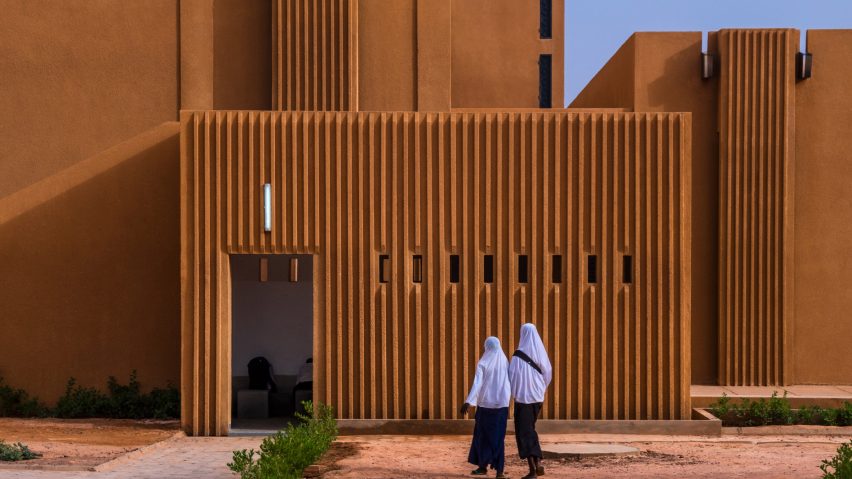
Giving credit to female architects is a "necessary political act" says author of book on buildings by women
Jane Hall's new title Breaking Ground: Architecture by Women features 180 buildings by female architects. Here she picks out eight designers from the book and explains why women in the profession deserve more recognition for their work.
Hall, a founding member of Turner Prize-winning studio Assemble, wrote the book for Phaidon while she was finishing her PhD, a period that saw her become "increasingly frustrated with the lack of intersectional discourse about women in architecture".
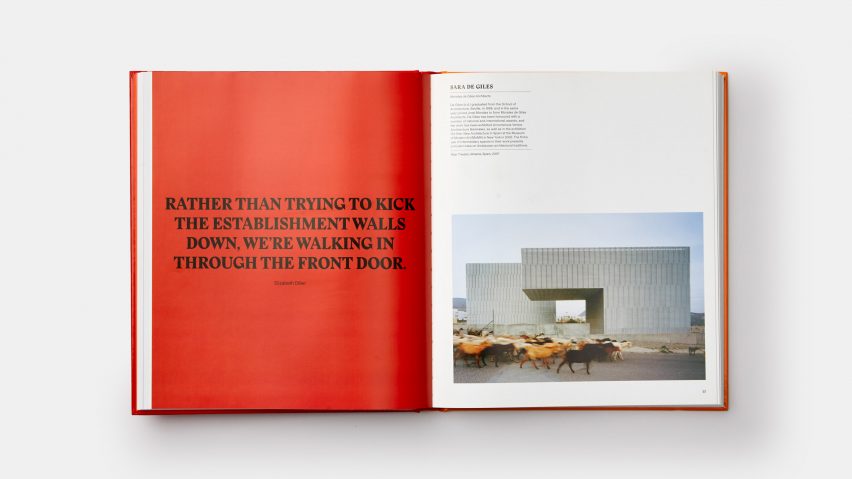
"Women have always in fact been producing architecture; working alongside, in parallel and in collaboration with men, and deserve recognition for their work. We also deserve to know about them," Hall told Dezeen.
"At a time when identity politics seem to be tearing the world apart, it is a necessary political act to simply name women as authors of buildings."
From Italian-born modernist Lina Bo Bardi to Niger's Mariam Kamara, Breaking Ground: Architecture by Women focuses on buildings constructed between 1900 and the present day.
Each building is represented by a single image and arranged alphabetically to create a "unique global collection of structures" that ranges from skyscrapers to cultural spaces and private houses.
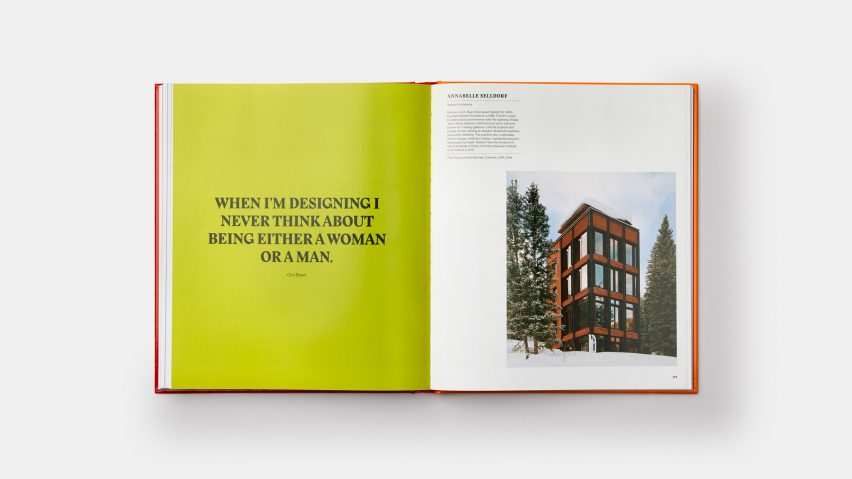
"The brief was simply to find 'great works' of architecture globally by women from 1900 to the present day," Hall explained.
"This framing is important as it situates women's work in direct relationship to the professionalisation of architecture at the turn of the century and the rise of modernism, which is a history dominated by men."
While showcasing well-known figures like Zaha Hadid and Frida Escobedo, the book also strives to unearth lesser known architects that lack coverage in western media, or who have worked in husband and wife teams, like Mies van der Rohe's collaborator Lilly Reich and Charles Eames' partner Ray Eames, and have often been overlooked.
"Important to me is that those who would not normally get recognition in a western arts publication are given that platform, particularly those from parts of the world where extraordinary architecture exists, just no one is publicising it in the northern hemisphere which dictates the mainstream," she said.
Hall hopes that the book will act as a "small corrective to history" and move the industry's focus on from increasing numbers of women in architecture, and instead encourage discourse on issues like race and class diversity.
"It's really important to move on from a discourse concentrated on achieving parity in terms of numbers of women in architecture as a means to demonstrate progress, and instead focus on the lived experience of individuals to better understand how we, as people, produce architecture," Hall concluded.
"Barriers to practice are structural, and manifest differently between geographic locations," she said.
"The hope is that in being defiant about the continued need to acknowledge gender, we can look beyond and complicate the narrative by investigating how race, class, age and (dis)ability etcetera intersect and impact on the built environment."
Read on for Hall's pick of eight ground-breaking women featured in the book:
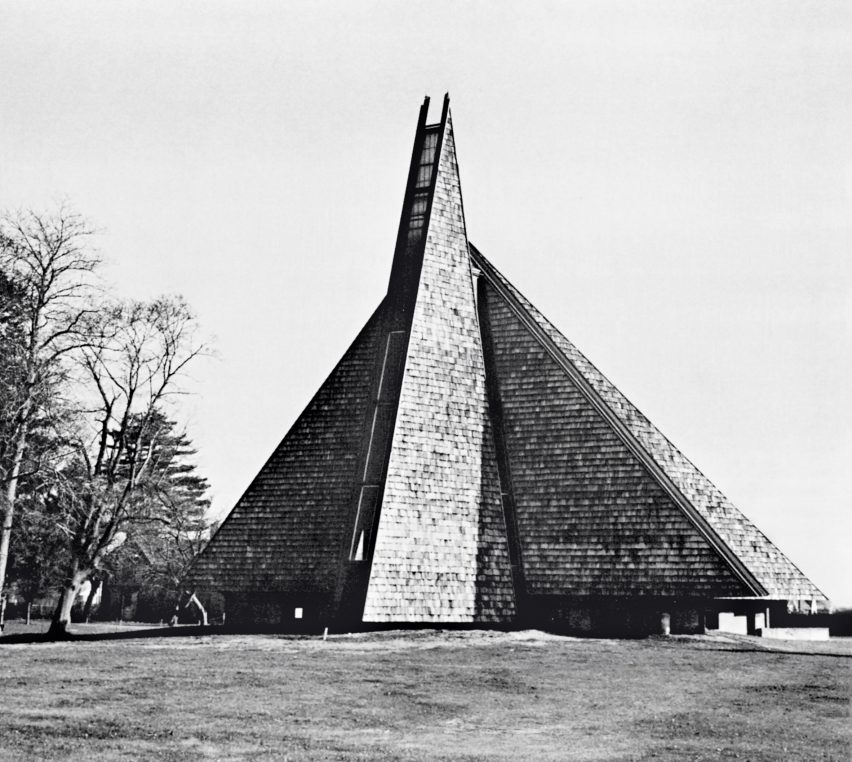
Judith Edelman
"Edelman graduated from Columbia University in 1946, setting up her own practice with Harold Edelman and Stanley Salzman. The firm mainly worked on housing apartments and shopping centres.
"Edelman became the first woman to be elected to the executive committee of the New York chapter of the American Institute for Architects (AIA). I thought it important to include Edelman, not just because of how striking her work is, but because she focused on designing affordable housing while also campaigning to advance the position of women in architecture, challenging many of the AIA's practices."
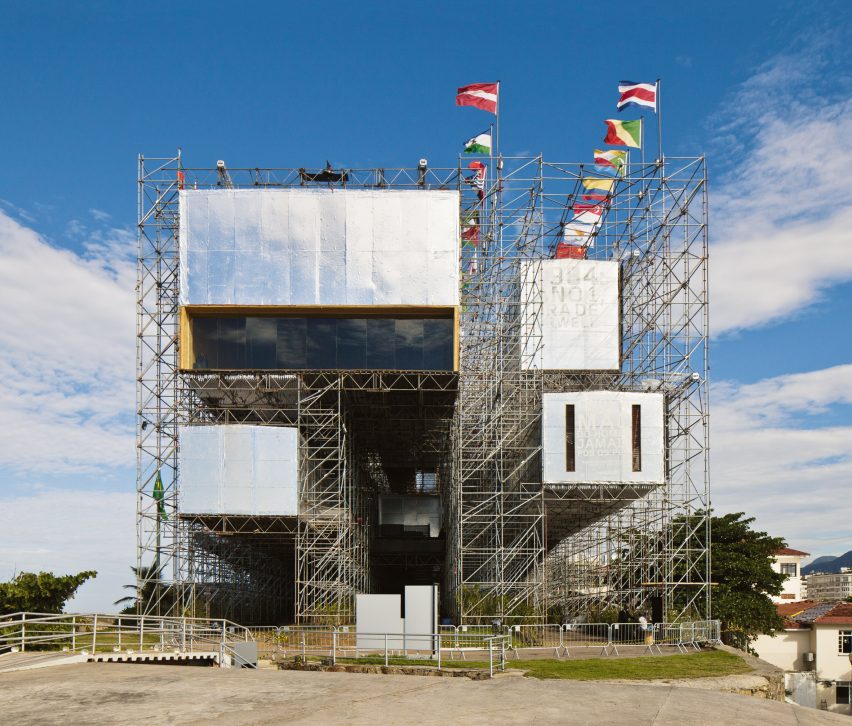
Carla Juaçaba
"Carla Juaçaba is a Brazilian architect whose work has been praised for its creativity and her ability to find unconventional solutions to sensitive contexts.
"The Pavilion Humanidade (2012) is one of the only temporary buildings in the book; its scaffolding belies its scale and significance as the main space for the UN's conference on sustainability. Juaçaba was invited to design a chapel for the Vatican's first contribution to the Venice Architecture Biennale (2018) and she has begun teaching at Mendrisio in Switzerland."
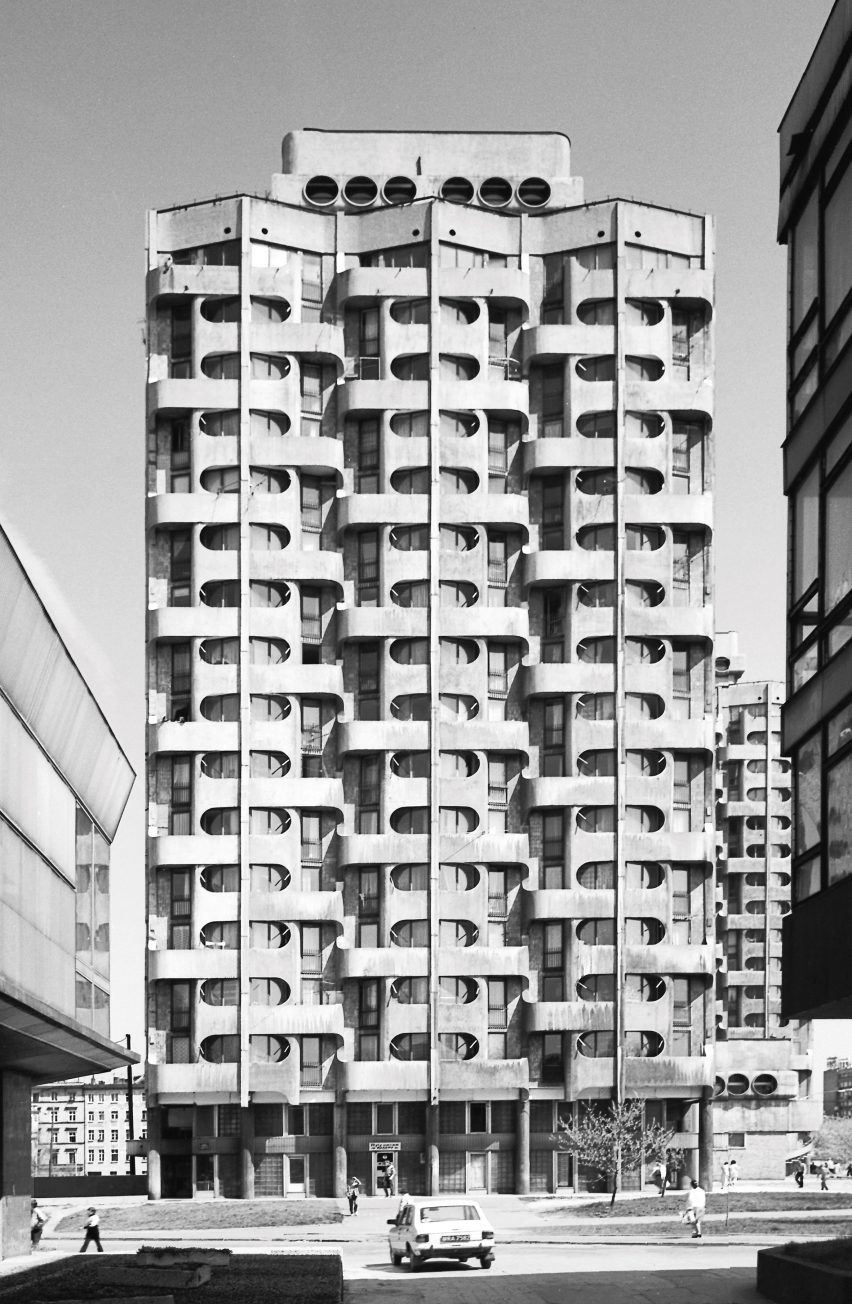
Jadwiga Grabowska-Hawrylak
"Grabowska-Hawrylak's Grunwaldzki Housing in Wroclaw, Poland cemented her career as one of the country's leading postwar modernists.
"What impressed me about Grabowska-Hawrylak is that she practised under her own name at a time when many women in architecture were organised in husband-wife teams. Grabowska-Hawrylak's buildings are striking for their scale and geometric complexity."
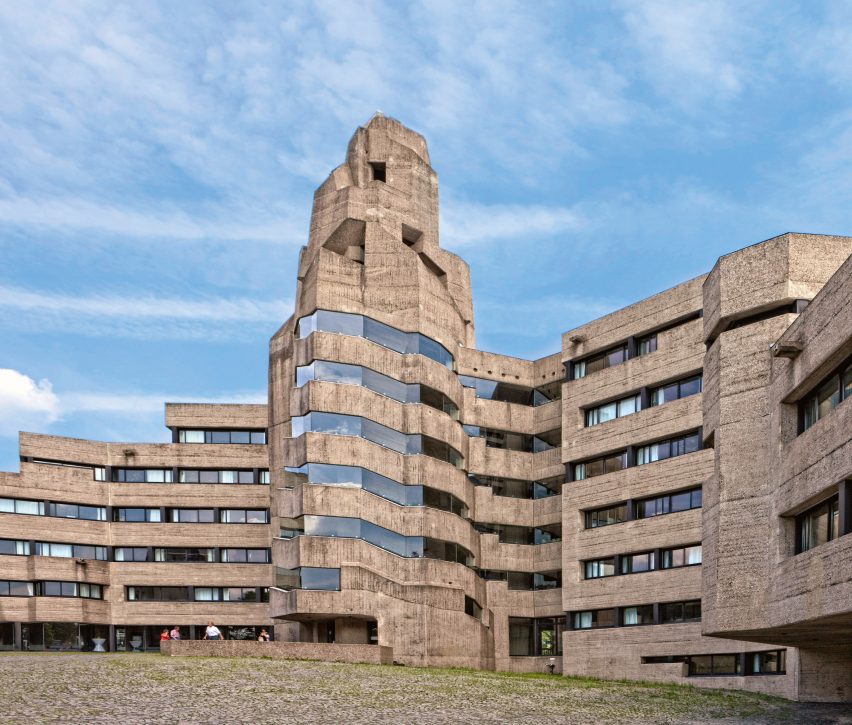
Elisabeth Böhm
"Elisabeth Böhm was married to the Pritzker Prize-winning architect Gottfried Böhm. After raising their four children (three of whom are architects!), Elisabeth returned to architecture, working in the family's practice.
"I have included Böhm because the work of a number of women working collaboratively with their husbands tends to get lost in historical retellings, especially of modernism because of biases towards male narratives.
"The inclusion of unions such as the Böhms hopes to demonstrate the presence of women who worked alongside men, speculating because of their intimate relationship on their impact on the architecture."
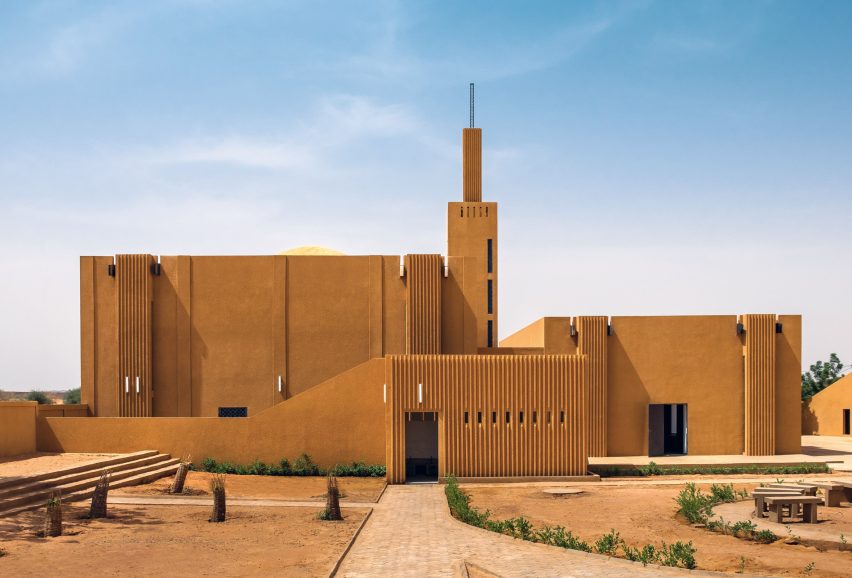
Mariam Kamara
"Mariam Kamara's practice Atelier Masōmī produces a wide range of cultural and educational projects. In researching the book, I struggled to find women architects from the African continent due to the lack of coverage of their work in western mainstream architectural media.
"Born in Niger, Kamara now works between the US, Afghanistan and Niger. Her building, the Hikama Religious and Secular Complex in Dandaji, Niger is one of the most intriguing structures in the whole book!"
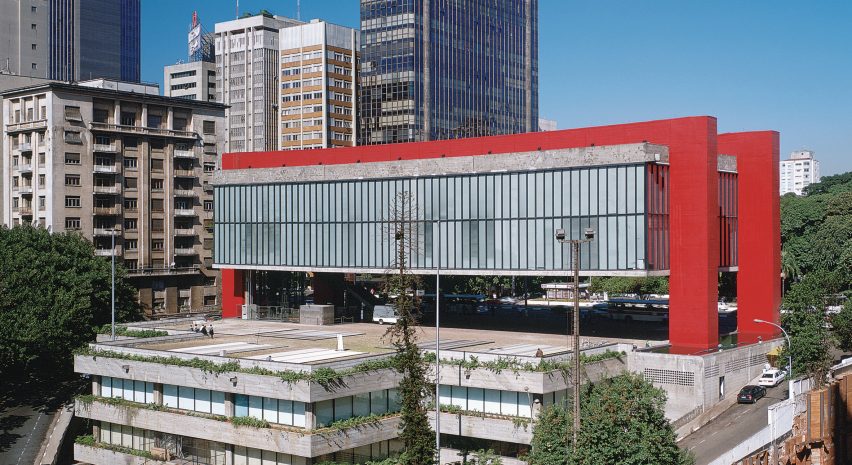
Lina Bo Bardi
"Lina Bo Bardi is one of the most celebrated women architects of the twentieth century, which is even more extraordinary given that her work has seemingly been 'discovered' in Europe in the last ten years. Bo Bardi built two of São Paulo's most recognisable cultural buildings, the Museu de Arte de São Paulo and SESC Pompéia.
"I wrote my PhD on Bo Bardi's work and was drawn to her daring nature; introducing problematic histories, particularly that of Brazil's colonial past, into contemporary cultural discourse as a provocation to the modernity desired by both the São Paulan and international elite."
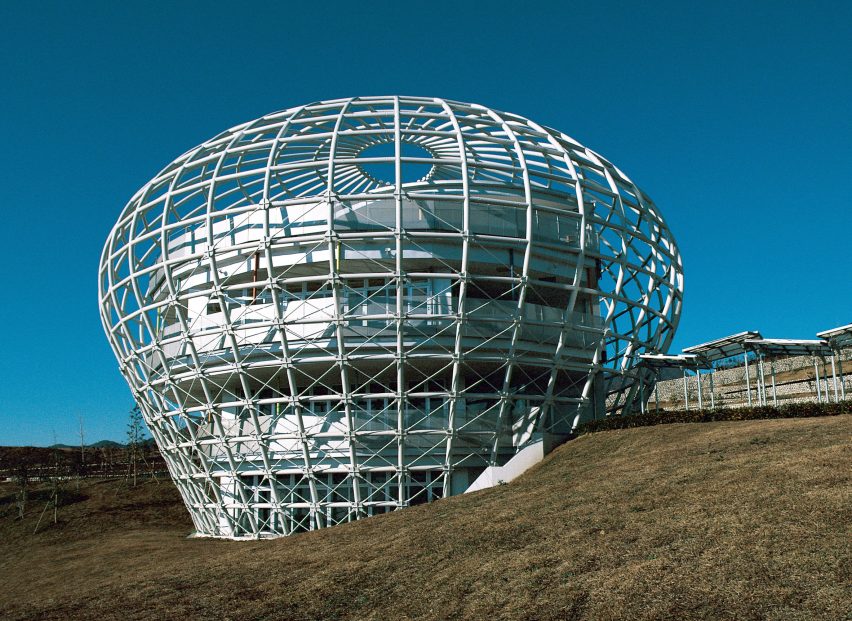
Itsuko Hasegawa
"Hasegawa is a Japanese architect who started her career working for Japan's Metabolist architects and Kazuo Shinohara. Hasegawa's Shonandai Cultural Centre in Fujisawa was the first public building in Japan designed by a woman.
"Hasegawa has worked internationally and holds prestigious positions and awards from institutions such as the RIBA and the Architectural Institute in Japan."
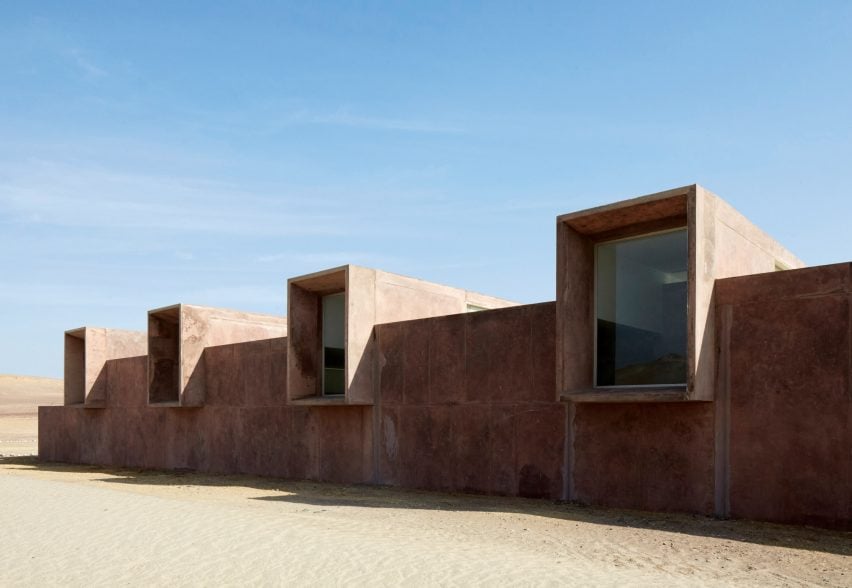
Sandra Barclay
"Sandra Barclay founded Barclay & Crousse with her partner Jean Pierre Crousse in Paris in 1994, before relocating to Lima, Peru in 2006. Barclay & Crousse have an extensive portfolio of work across Latin America and Europe, with a striking aesthetic that is at once highly contextual while uncompromisingly modern.
"I really enjoy the sculptural quality and material weight of many of Barclay & Crousse's projects. Sandra Barclay is one of a number of highly accomplished women working in Latin America, who are gaining greater recognition globally."
Photography courtesy of Phaidon, except main image by James Wang.